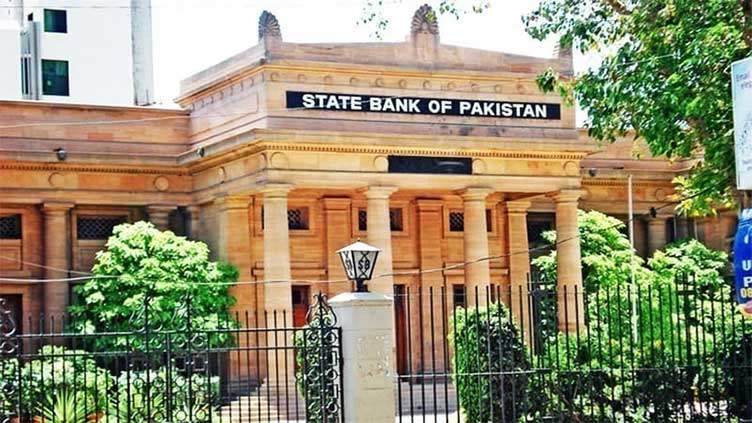Karachi, September 14, 2023: The Monetary Policy Committee of State Bank of Pakistan (SBP), in a meeting held on Thursday, decided to keep the policy rate unchanged at 22 percent as latest inflation trends is on declining path since reaching its peak of 38 percent in May to 27.4 percent in August 2023.
Despite recent increases in global oil prices that are impacting consumers through adjustments in administered energy prices, the MPC remains optimistic about the inflation outlook, particularly in the second half of this year.
Real interest rates are expected to remain positive on a forward-looking basis.
Factors contributing to this positive outlook include anticipated improvements in agriculture output and administrative measures taken against speculative activities in the foreign exchange and commodity markets.
The MPC highlighted four key developments since its last meeting in July:
Agricultural Improvement: Positive indicators such as cotton arrivals, improved input conditions, and healthy vegetation in other crops have improved the outlook for the agriculture sector.
Rising Global Oil Prices: Global oil prices have surged, now hovering above $90 per barrel, raising concerns about energy costs.
Current Account Deficit: As anticipated, the current account registered a deficit in July after a four-month surplus streak. This shift is partially attributed to the recent easing of import restrictions.
Regulatory Measures Paying Off: Recent administrative and regulatory measures aimed at stabilizing essential food commodity availability and curbing illegal activities in the foreign exchange market have started to yield results, narrowing the gap between interbank and open market exchange rates.
The MPC affirmed its commitment to monitor inflation risks closely and take necessary actions to ensure price stability. It emphasized the importance of maintaining a prudent fiscal stance to control aggregate demand, a crucial step in achieving the medium-term inflation target of 5 – 7 percent by the end of FY25.
Regarding the external sector, the current account recorded a deficit of $809 million in July 2023 after four months of surplus. Import volumes are expected to remain in check, supported by favorable trends in non-oil commodity prices and moderate domestic demand.
Positive developments in rice prices and export surplus are expected. Recent structural reforms in exchange companies are seen as strengthening governance and market functioning.
Fiscal Sector and Money and Credit Growth
In the initial two months of FY24, revenues of the Federal Board of Revenue (FBR) increased by 27.2 percent compared to the previous year, reflecting fiscal measures and economic recovery. Achieving the targeted primary surplus of 0.4 percent of GDP is considered critical for supporting monetary policy’s goal of price stability.
The MPC stressed the importance of fiscal consolidation through measures such as expanding the tax base, targeted subsidies, and reducing losses of public sector enterprises.
Money supply (M2) growth slowed to 13.6 percent year-on-year by September 1, primarily due to reduced credit to the private sector. The deceleration in reserve money growth also reflects reduced currency in circulation. Expected fiscal consolidation and economic activity upticks are expected to facilitate a moderate expansion in private sector credit.
Inflation Outlook and Conclusion
National CPI inflation decreased to 27.4 percent in August, primarily due to a moderation in food inflation. However, the decline was less than expected due to surging global oil prices and their impact on administered energy prices. Near-term inflation expectations reversed their earlier downward trend, reflecting heightened uncertainty in the foreign exchange markets.
The MPC anticipates that recent regulatory measures will help alleviate supply constraints and illegal activities in the foreign exchange markets. Coupled with an improved agricultural outlook and a tight monetary policy stance, these factors are expected to maintain a downward inflation trajectory, particularly in the latter half of the year.
It is noted that inflation may increase significantly in September due to base effects and energy price adjustments, but subsequent months are expected to see a decline, maintaining the overall downward trend.
The committee emphasizes the importance of prudent fiscal measures to complement monetary policy in achieving sustainable economic growth and price stability.










